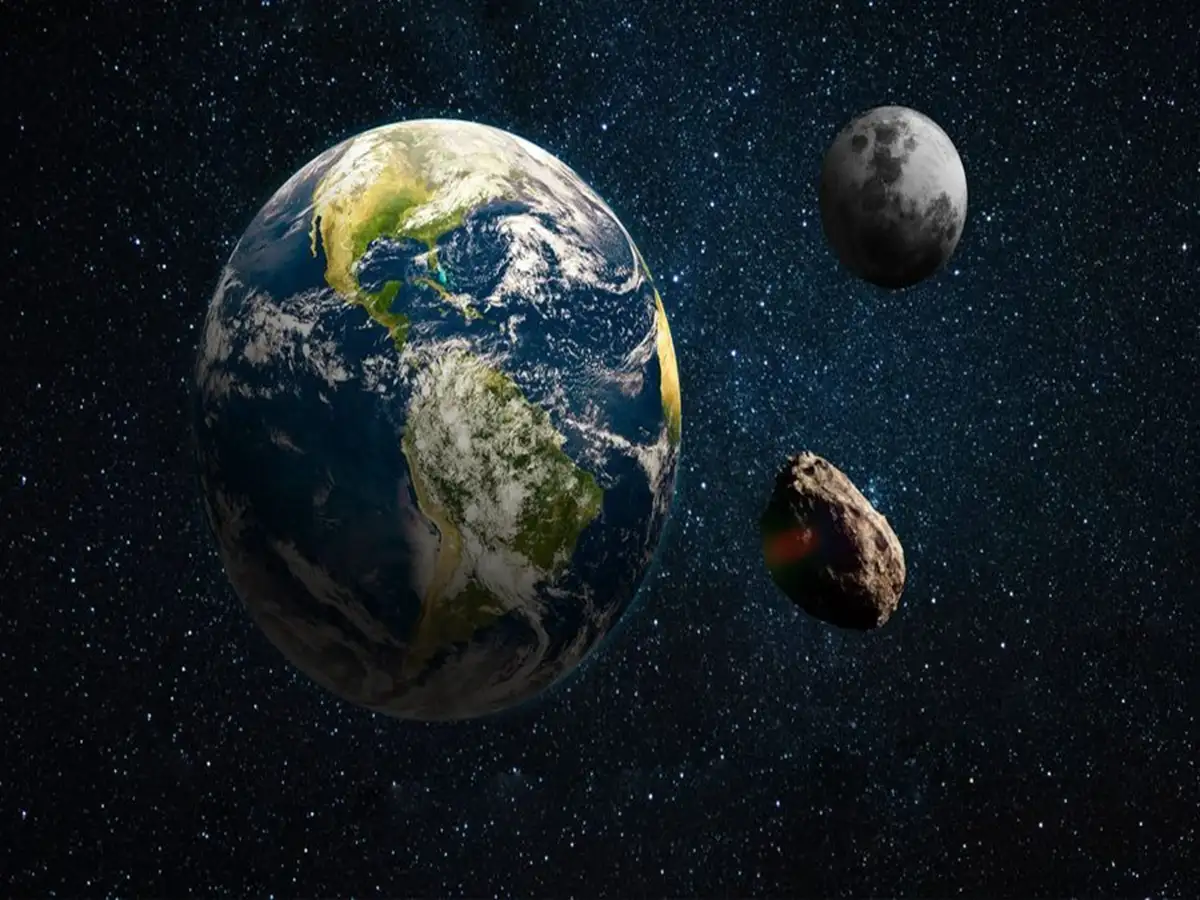Earth’s night sky just got a little more crowded—at least in cosmic terms. NASA has officially confirmed the existence of a new “quasi-moon,” a small asteroid named 2025 PN7, that’s been quietly trailing our planet for nearly 60 years. But before you start planning moonlit picnics under double moons, let’s break down what this discovery really means.
The Asteroid That Refuses to Leave
Astronomers have identified
2025 PN7 as a “quasi-moon”—not a true moon, but a cosmic companion that’s been sharing Earth’s orbital path since the 1960s. This asteroid, measuring roughly
18 to 36 meters (about the size of a city bus), was first spotted by researchers at the University of Hawaii using the Pan-STARRS telescope, which specializes in hunting for new objects in our solar system.
Unlike our actual moon, which is gravitationally bound to Earth, 2025 PN7 orbits the sun on a path that closely matches Earth’s. From our perspective, it looks like it’s shadowing us, but in reality, it’s just keeping pace—a bit like a cosmic stalker that never quite catches up.
What Exactly Is a Quasi-Moon?
Don’t let the headlines fool you:
Earth still has only one true moon. Quasi-moons are asteroids that orbit the sun but stay close to Earth for extended periods, sometimes decades. They’re not gravitationally tethered to our planet, so they eventually drift away.
As Northeastern University’s Jacqueline McCleary explains, there’s no simple rule for what counts as a moon. Astronomers debate everything from size to orbital stability, but most agree that quasi-moons are more like “natural satellites” than actual moons.
How Long Will Earth’s “Second Moon” Stick Around?
According to NASA and recent research,
2025 PN7 will remain in Earth’s neighborhood until about 2083. After that, it’s expected to drift off into the solar system, ending its decades-long cosmic partnership.
-
Closest approach: About 4 million kilometers from Earth—ten times farther than our real moon.
-
No danger: The asteroid poses zero threat to Earth. It’s too small and too distant to affect tides, gravity, or daily life.
Why Did It Take So Long to Find?
Despite hanging around for decades, 2025 PN7 escaped detection because it’s
tiny and faint. With a magnitude of about 26, it’s invisible to amateur telescopes and only detectable with specialized equipment like Pan-STARRS.
Are There More “Secret Moons” Out There?
Absolutely. Astronomers have spotted several quasi-moons and mini-moons near Earth before. Some, like 2024 PT5, only stick around for a few months before heading off on their own. Others, like Kamo’oalewa, have inspired international missions—China’s Tianwen-2 spacecraft is currently en route to collect samples from one such asteroid.
What This Means for Science
While 2025 PN7 won’t light up our night sky, its presence is a boon for astronomers. Studying quasi-moons helps scientists understand asteroid movement, the evolution of the inner solar system, and even the criteria for what counts as a moon.
The Takeaway
Earth’s “second moon” isn’t a moon at all—it’s a cosmic hitchhiker that’s been shadowing us for decades. Its discovery is a testament to the power of modern telescopes and the ever-evolving nature of our understanding of the solar system. So, while you won’t see two moons tonight, you can marvel at the fact that our planet has a secret companion, quietly keeping pace until 2083.
Sources
1. Does Earth have 2 moons? Not exactly. Here's what to know
2. For 60 years, a mysterious 'secret second moon' has been ...
3. Will Earth have 2 moons orbiting it? Astronomers ... - ABC News
4. Experts: Earth Could Have Six More 'Quasi-Moons' Like 2025 ...
5. Expert Talks About Why NASA Calls 2025 PN7 Earth's ...
6. Does Earth have two moons until 2083, what's a quasi ...
7. Earth now has two moons, at least until 2083 – and NASA ...
